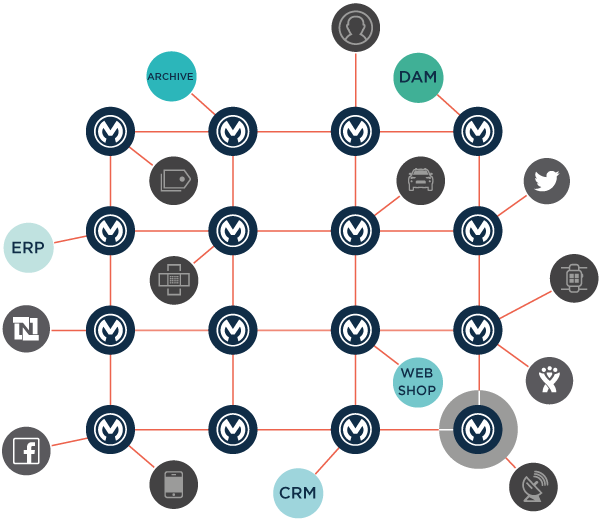
Turn NIS2 Compliance into a Strategic Advantage
Information Management
Turn NIS2 compliance into a strategic cornerstone of your information management strategy.
Every organisation needs a stable foundation that can adapt to ever-growing information volumes and ever-increasing demands from customers and legislators.

Swedwise believes organisations and their people should have more time to focus on what is of value to their businesses: More time for strategy, time for innovation, or just more time to look after their customers. But for this happen, every organisation needs a stable foundation that can adapt to ever-growing information volumes and ever-increasing demands from customers and legislators.
So what are the best ways to package, distribute, and automate information? Every company is different. But all need to automate business processes without the expensive and resource-consuming development of native Enterprise Information Management capabilities.
We take this challenge seriously. We have worked for over 10 years to offer customers the most capable technologies across the entire information lifecycle. Together with our trusted partners, we are able to offer solutions that are recognised as leaders by Gartner, IDC, and Forrester.
Digital Process Automation automates and develops the links between existing processes in a company’s ERP; creating traceability as well as enabling automatic compliance. By digitising data capture for purchase orders, delivery notes, invoices etc, all incoming and outgoing documents are handled via a seamless digital end-to-end process. DPA eliminates monotonous, manual error-prone tasks – freeing up company resources and creating time for more valuable work. DPA Solutions are increasingly delivered in a low-code/no-code package, making them an ideal feature to add to any software solution.

The faster a company can locate, send, and manage data, the more productive the company becomes. Good data management makes the lives of users much easier. Content Services Platforms (ECM) bridge the gap between legacy and new solutions, providing users with access to applications and information on different desktops and legacy systems. This not only reduces the licensing burden on organisations but also ensures users such as customer-facing staff are able to find the information they need and provide more helpful interactions with end-customers.

Customers want what they want, where they want it, and when they want it. With so many choices, customer experience is the differentiator. Exceptional experience brings loyalty and advocacy. Dynamic documents that facilitate Omnichannel customer journeys and frictionless experiences can create this loyalty. Moreover, by linking your Customer Communications Management to the organisation’s data systems of record, you empower your customer-facing workers to engage customers with a higher level of service. Whether it’s an invoice or a customer service interaction, when workers can easily find the information they need – it not only removes the burden associated with ad hoc tasks it gives customers a more personalised experience. The data from these interactions then helps to build a 360 view of the customer; ensuring high-value communications are delivered consistently throughout the entire customer journey.

Today’s integration challenges require next-generation solutions both on-premises and in the cloud. How can organisations quickly address many new integration challenges? By moving from traditional EDI to an API-driven development strategy, organisations can digitalise their business without the risk of losing accumulated or processed EDI flows. At the same time, controlled access to the company’s core system is provided: creating faster and more flexible information flows without compromising the security and integrity of current or future systems.

Create time for what you value most about your business. In a dialogue with Swedwise, you get suggestions for solutions designed according to your specific goals. Contact us to find out more.

Information Management
Turn NIS2 compliance into a strategic cornerstone of your information management strategy.

Enterprise Service Management
Create an AI-ready environment with SMAX for better service management.

Content Services Platforms
Unlock operational potential with Content Services for Microsoft 365 environments.